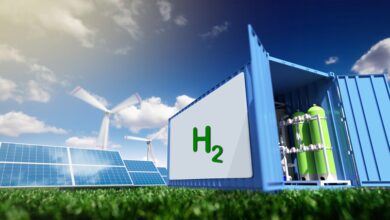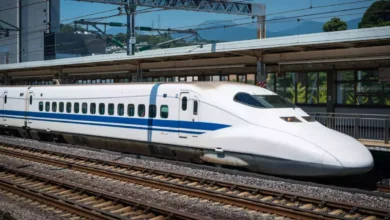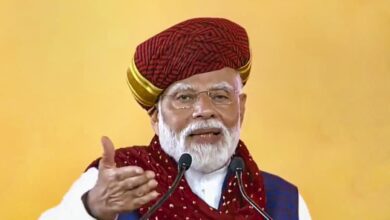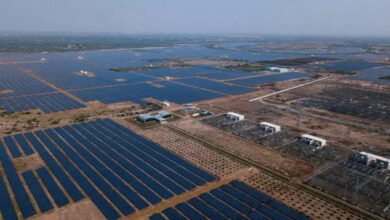Energy transition away from coal in India will not take place in the “foreseeable future”- Government of India
Coal demand is projected in the range of 1.3-1.5 billion tonnes by 2030, an increase of 63% from current demand, according to the Economic Survey 2021-22. although the government will promote renewable energy. Coal will be of significant importance in energy generation.
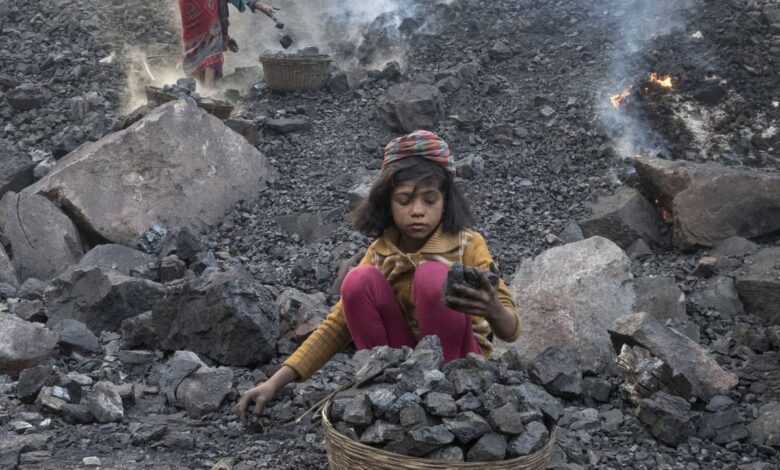
Energy transition away from coal in India will not take place in the “foreseeable future”, the coal ministry said in the Rajya Sabha, although the government will promote renewable energy.
Because of an inquiry by Priyanka Chaturvedi of the Shiv Sena on whether the public government has arranged any guide for areas with a coal-driven economy, for example, Korba in Chhattisgarh considering the country’s responsibility towards energy transition, and whether closure of mines and industries in this locale will have socioeconomic outcomes, coal minister Prahlad Joshi said coal demand is yet to top in India.
The “share of coal in the energy basket is going to remain significant in the years ahead” and coal demand in the country is yet to peak, Joshi said in a written response on Monday.
While this is by all accounts in inconsistency with the agreement reached at the Glasgow environment summit in November last year to phase down coal, authorities in the climate service who have some expertise in negotiation said considering the phrasing in the pact significant.
“It states that countries will accelerate efforts towards the phase-down of unabated coal power and phase-out of inefficient fossil fuel subsidies in line with national circumstances. The words accelerate and national circumstances are significant for India,” a ministry official said, requesting anonymity. “So obviously, the effort is to reduce the proportion of coal usage gradually. But we are yet to peak in terms of coal demand in the country.”
Coal adds to 51.6% of installed generation capacity in India’s energy mix, while hydropower, sunlight based, wind, and so on, contribute 38.5%, as indicated by power ministry data.
India has likewise committed to aggressive responsibilities on expanding sustainable power limits and bringing down fossil fuel emissions at Glasgow. Prime Minister Narendra Modi had then declared that India’s non-fossil energy limit will arrive at 500 GW by 2030, meeting half of the country’s energy prerequisites. India will decrease its all-out projected fossil fuel emissions by one billion tons by 2030, reduce the carbon force of its economy by 45% by 2030 more than 2005 levels, and accomplish net-zero outflows by 2070, he had said.
“Coal use in India is not going to decline in the next decade. Slow growth in coal use is not inconsistent with India’s net-zero target,” said Vaibhav Chaturvedi, economist and fellow at Council for Energy, Environment and Water, a think tank. “CEEW’s assessment shows coal use in India’s power sector would peak sometime between 2040 and 2045, post which it has to decline fast for India to achieve the net-zero target.”
At Glasgow, there was controversy regarding a last-moment change to the expression ‘phase-out of unabated coal power’ to ‘phase down of unabated coal power.’ Environment Minister Bhupender Yadav, representing India, read out the revamped text. Indian authorities from the climate service and service of outside issues said on the last day (November 13) ‘phase out’ got adjusted to ‘phase down’ because the expression ‘phase down’ was in the US-China joint articulation which was additionally delivered during the summit.
This response (in Parliament) clearly articulates that India is looking to expand its coal footprint,” said Kanchi Kohli, legal researcher at the Centre for Policy Research, a think tank. “However, the clarifications related to mine closures are relevant for coal mines where reserves are already exhausted, about to be exhausted or will be in the coming years. These will be important to be built into India’s social welfare, socio-ecological restoration and climate adaptation programmes.”
